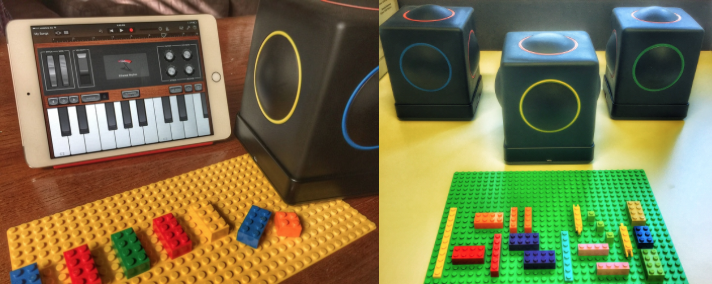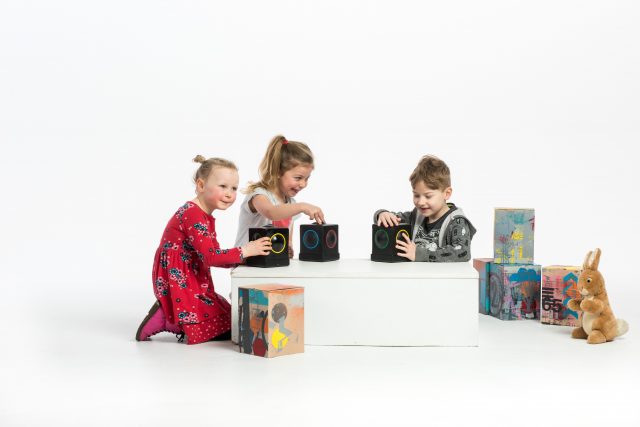One of the main groups we worked with in developing Skoog (and continue to work closely with) was the autistic community. For autistic kids, music can offer a way of communicating, without words, bytes or data. Communicating, in a very raw & natural form, by sharing time constructively with others.
‘I love Skoog, and our journey with it has only just begun.’ Craig Smith
Skoog is the perfect tool for supporting music making with children, as it enables them to improvise freely without the need for any previous training, and this can be of particular benefit in music therapy sessions. The shape, colour and tactile nature of Skoog are key factors in working with children with autism, helping to establish a safe point of interaction between the teacher/therapist/carer and the child.
‘The Skoog’s bright colours and soft, squishy tactile surface really appeals to young people’ – Doug Bott
At Skoog we want kids to play with sound. This freedom to roam can be particularly liberating for young people with autism, enabling them to explore and make their own music!
‘Our students on the autism spectrum are very motivated by Skoog and seem to continuously discover new methods of performing with Skoog that completely surprise us in the most wonderful ways’ – Craig Smith
Dr. John Biddulph is a specialist provider of autism and Asperger Syndrome training, courses, mentoring, and diagnosis. For the past 14 years he has been a freelance autism consultant and trainer including a specialist autism and music programme.
‘Some autistic children love the soundscapes and complex layers of sounds created by a computer or synthesiser and this is particularly interesting in terms of how the sounds are controlled by people with autism… Skoog offers access to this sound world like no other device I have used before and believe me, I have used a lot!’- John Biddulph

With an iPad, Skoog and your iTunes or Spotify account, you have access to a world of musical opportunities and activities.
And there is so much more you can do with Skoog in terms of non-verbal communication and self-expression. The key thing is to take the time to be part of it, to listen to what the student is doing and, as our friend and associate Skoog musician Michael Dollan says, ‘support them in how they want to use skoog’. Check out one way that Skoog has been used with lego music therapy!
If you want to get your hands on your very own Skoog 2.0, head to the Apple website!
